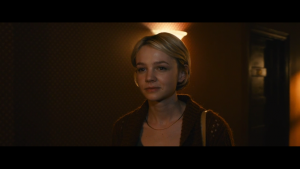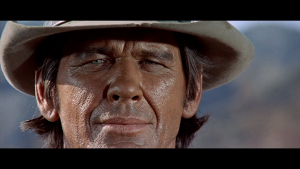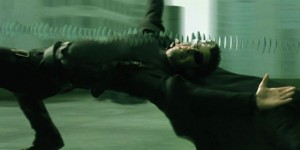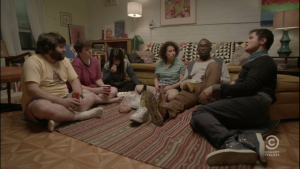OTF Reflection 5
I have always been interested in the creation of subjectivity in films because each filmmaker imparts their own subjectivity into their films. Capturing a moment with a camera creates a sense of importance as time is captured in the present to be watched in the future as a relic of the past. “The camera is a past-maker. However, the act of filming itself, to operate, is to look forward” (Zamboni, 2014) and this process does not happen unless there is a person involved. A person chooses when to film, where to point the camera and what to include within the frame, all in order to tell a story and convey a particular subjectivity. Take for instance, the scene from Drive (Nicolas Winding Refn, 2011) when the Driver is carrying a sleeping Benicio down the hall to his bed after their day out with Irene. Winding Refn changes the point of view throughout this scene between Irene’s and an omnipresent perspective. An omnipresent viewpoint allows for the viewer to see everything from a detached perspective while still allowing them to emotionally connect with the characters. To aid the viewer to understand how the characters themselves are feeling, the director will place a shot from their point of view between two detached shot which injects the character’s emotions into the frame.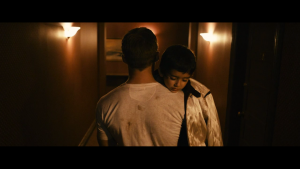
This shot from Drive is from Irene’s point of view and the soft lighting of the hallway and the music creates a romantic mood. Irene watches the Driver from behind and we do not see his face, showing the she does not really know who this man is. But the jacket draped over her son highlights how the Driver protects and cares for Benicio placing him in a trustworthy light.
No characters is looking at Irene in this scene and so this shot is for the audience to see how much she cares for the two men in the previous shot, mirrored by the two lights on the wall as they are the only two bright parts of her life. The small smile that plays over her lips creates guides the audience to feel happy for the quasi family, their subjectivity in this scene built by the relationship between real life experiences at how Winding Refn frames his characters.
References
Refn, Nicolas Winding (2011) Drive, FilmDistrict
